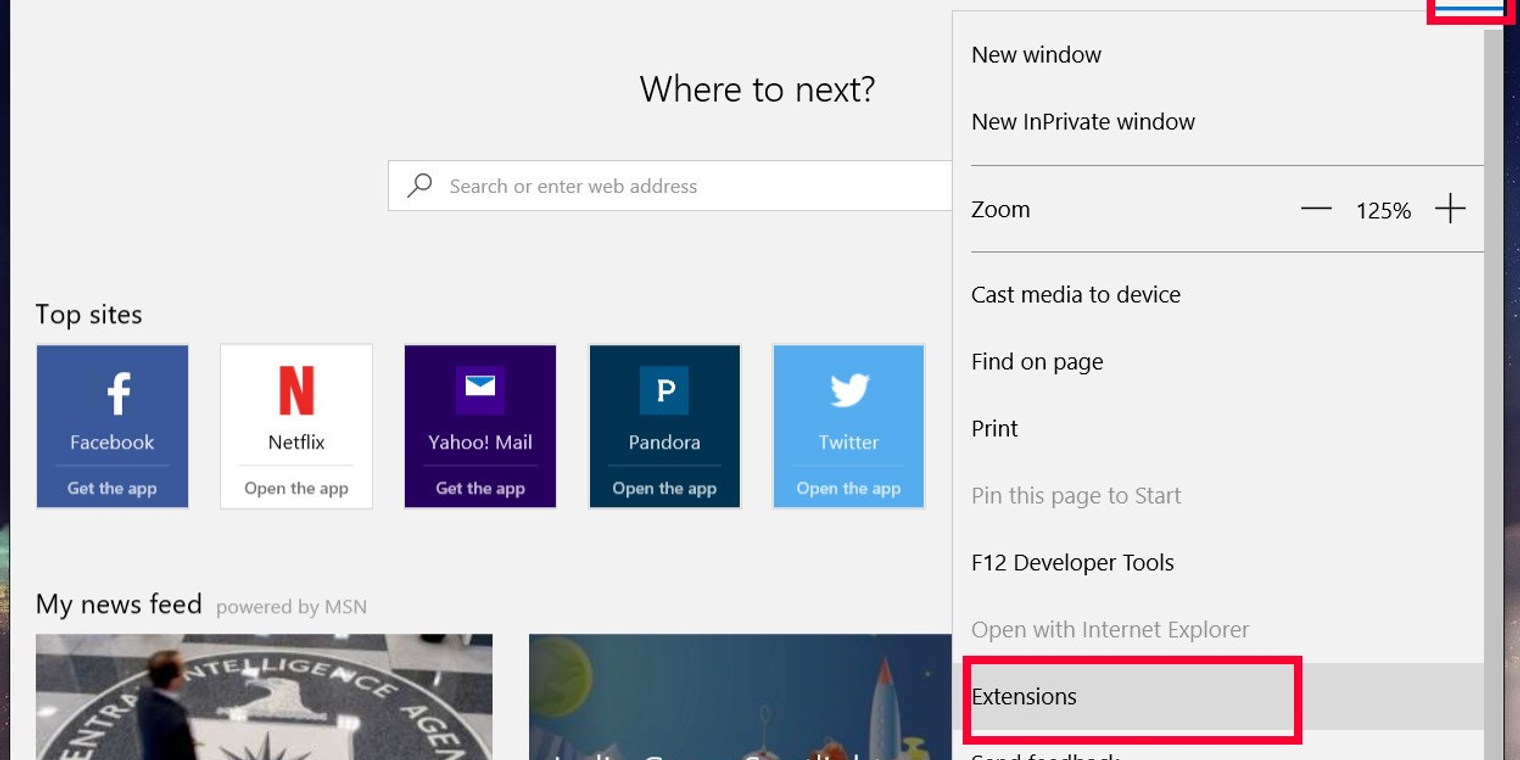Microsoft has been working on the new and improved version of Edge which is now based on the Chromium browser. During the annual conference in 2019, the team announced that Edge will also be available on Linux, and during Microsoft Ignite 2020 in October, they came through with their promise and announced the availability of Microsoft Edge on Linux as a dev preview. Yes, the latest dev builds of Microsoft Edge for Linux supports sign-in and sync using a Microsoft Account. This feature has been missing since Edge’s Linux debut in the autumn of last year. The lack of bookmark and account info sync is the only thing keeping some users from using Edge as their default browser. See: Signed in and syncing, baby.
If you are interested in giving Edge a try, head on over to the Microsoft Edge Insider site and download either the.deb or the.rpm file and install it as you would any Linux application on your. Thanks for posting, the team is very excited to see users try out Edge on Linux! I reached out to them about this and they let me know that there should be an option in the context menu when you right-click in the title bar to Use system title bar and borders.
Ms Edge Linux
Microsoft Edge for Linux is now a thing, so in this post we show you how to install the browser on Ubuntu, Linux Mint, and any related Linux distributions.
In guide we show you how to install Microsoft Edge on Ubuntu (or any Ubuntu-based Linux distribution, like Linux Mint) in two ways: graphical (GUI) method, and command line (CLI) method.
It doesn’t matter which method you choose as you will download and install the exact same version of Microsoft’s new-fangled browser. Plus, both methods set things up so that you get future updates as and when they’re released, automatically.
Microsoft Edge is based on Chromium, the open-source browser engine developed (though not exclusively) by Google. Any website, web app, or web service that works in any Chromium-based browser, such as Google Chrome, will work in Edge too.
Even better: you can install Chrome extensions in Edge too (though Microsoft maintains its own extension hub for browser add-ons).
Read our hands on with Edge for Linux development builds for a broader overview on what works, what doesn’t, and what you should keep in mind if you plan to use it otherwise.
How to Install Edge Browser on Ubuntu
Keep in mind that Microsoft Edge for Linux is in developer preview. It is not “stable”. It is not even a beta. Some features (like browser sync) are currently unsupported on Linux. Are there bugs? Yup. Will it crash? Quite possibly!
Please note: this article is about how to install Edge on Ubuntu, not why you should install it. You decide which software you use on your system. And if you don’t want Edge? That’s fine! But you probably won’t be reading a “how to” guide on the topic!
Graphical/GUI way
Installing Edge using a graphical user interface is easy as Microsoft provide official installer packages for Ubuntu and Fedora-based distros. You can use these builds to install the browser on your system using your distribution’s package manager.
1.Go to Microsoft Edge Download Page

In a web browser open the official Microsoft Edge download page. There you’ll find two builds for Linux. Chose the ‘Linux (.deb)’ option for Ubuntu.
2. Download Edge for Linux
Choose to save the .deb package to your Downloads folder (or any other. directory you can access easily). If you’re using Firefox you can check the “Save File” option to do this.
3. Double click on the installer
Let the download complete then use your file manager to find the Edge Linux installer. Finally, double-click on the saved file to start installing and follow the on-screen prompts.
When you install using the official installer the Microsoft Edge repository is added to your system’s list of software sources. You can upgrade to new versions of the browser as they’re released using the regular Software Updater tool.
4. Open Microsoft Edge.
Let the install finish up then open the browser from the Applications grid (or whatever app menu, launcher, etc you use on your system.
Terminal/CLI way
Prefer to install software from the command line? We got you covered. Just copy/paste the following commands in to your terminal emulator of choice.
First: the set-up script. This adds the Microsoft Edge repo to your system, and imports the Microsoft GPG key to authenticate packages (so that you can be sure they are what they say they are):
Second step: run this command to actually install Microsoft Edge:
Once done, launch the browser from your favourite app launcher, or run microsoft-edge-dev from a command prompt.
Edge Chromium Linux
How to Uninstall Edge
So you installed Edge. Grand. And you try it out. Awesome. But what happens if you want to remove it? Well, it’s easy to uninstall Microsoft Edge using the command line.
Just open a new Terminal window and run:
Alternatively you can open the Ubuntu Software app, search for ‘edge’ by name, click the result, and hit the ‘remove’ button.
Simple! Madvillainy 2 zip.
Summary
That’s it; you learned how to install Microsoft Edge browser on Ubuntu, Linux Mint, and other distributions in this article. All that’s left for you to do now is to open the browser up and start surfing the web!
It remains to be seen if Edge will find a big enough audience on Linux to sustain itself. The browser is up against stiff competition from the likes of Google Chrome, Mozilla Firefox, and Vivaldi.
While most Linux users will shudder at the thought of using it, I think it’s great to have the choice of using Edge on Linux.
© Getty Images/iStockphotoMicrosoft's Chromium-based Edge for Linux is getting sign-in and sync support for saving favourites, passwords, browser data and extensions across devices.
Popular Searches

The sync feature is shipping in Edge 91.0.831.1 to the Dev channel, so it should ship in the Stable channel in a few weeks.
Install Microsoft Edge In Linux
Microsoft
Microsoft notes that the feature is only supported for personal Microsoft Accounts at the moment, meaning Azure Active Directory (AAD) accounts are not supported yet.
SEE: Diversity and Inclusion policy (TechRepublic Premium) Yawcam app.
Additionally, users may need to enable a flag in order to see this setting. This can be done by typing 'edge://flags' in the address bar, and searching for and enabling the 'MSA sign in' experiment.
After signing into the profile dialog, users can select Sync to sync favouites, passwords, and other browsing data across devices used with that account. The profile dialog displays the sync status.
Microsoft warns that as a Dev channel build, the sync feature might come with a few glitches. But it has also listed a range of mitigation options for troubleshooting any problems, such as browser crashes.
Microsoft released Edge for Debian, Ubuntu, Fedora and openSUSE Linux distributions in October, but it's still in a developer preview, which doesn't support AAD yet. Alan walker different world full album.
Another update for Edge on Linux is the ability to use the system theme.
Microsoft notes that it's investigating an issue where some extensions, such as the Microsoft Editor extension, don't work on Linux. As soon as they're installed, they crash and are disabled, according to Microsoft.
SEE: Developer: Rust programming language is being used for bigger projects
Microsoft has also released 14 new theme colours in Settings for users to personalise the interface. These can be found in the Theme section, along with the recently released set of Microsoft-developed themes, which include a few from Xbox such as Halo, Sea of Thieves and Microsoft Flight Simulator. Themes are unique to each profile to make it easier to distinguish between personal and work profiles.
Other updates in this build of Edge include an option in the right-click menu to open the current page in the Immersive Reader. There's also a new management policy to ensure that PDFs are opened in Secure Mode.
© Provided by ZDNet MicrosoftEnterprise Software
